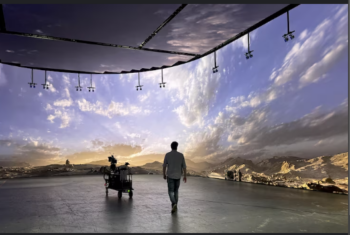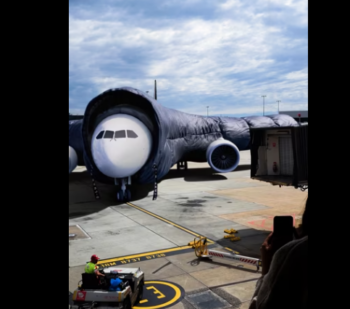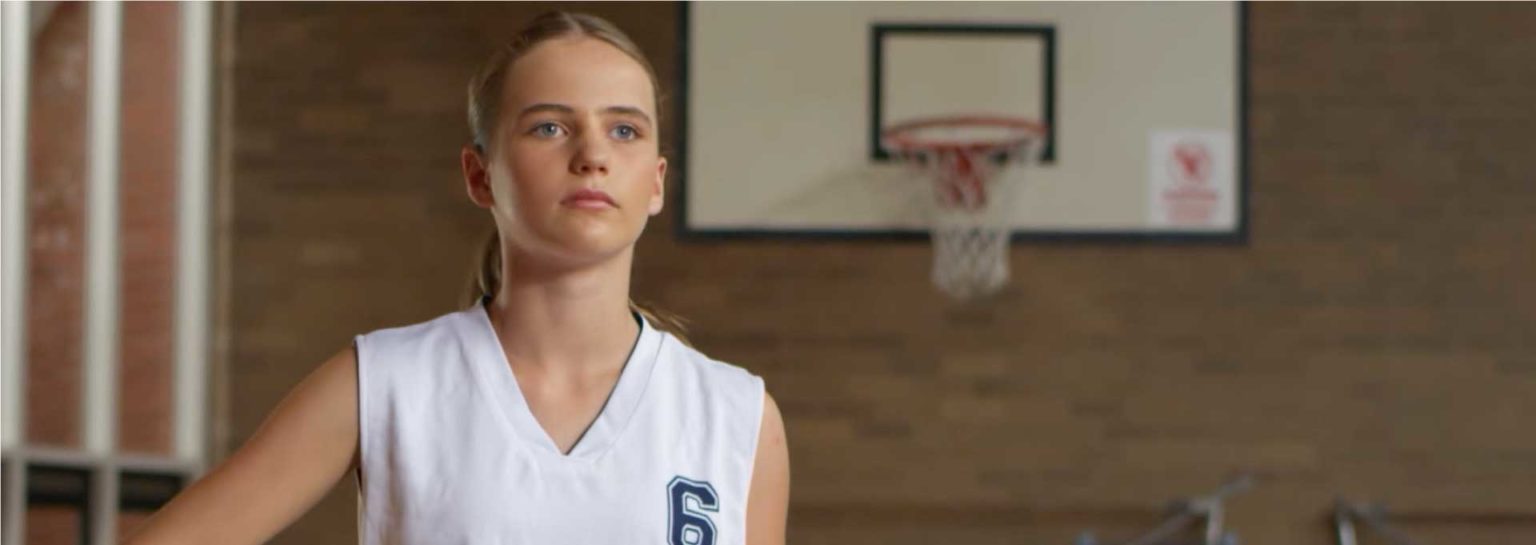
Motion graphics VS Animation video production
Animation is the ‘umbrella’ term for all the styles and types you see when you watch an animated show, movie, or video. Almost any kind of drawing or illustration that has movement? That’s animation.
However, there’s one term – one type – of animation that continues to cause confusion; motion graphics. We know this from first-hand experience. We’re a video production and animation studio in Melbourne, and our clients often ask us to explain what motion graphics is and what makes it different from animation.
In this post, I am going to explain the difference between animation and motion graphics, how they are used, and the continued importance of these two mediums in the advertising and marketing industry. I’ve written this as if you are exploring hiring a video production studio to help you with your content.
So when it comes to animation video production, what are the key differences between motion graphics and animation?
Let’s start by getting to know them!

What is animation?
The simple answer is that animation video production involves creating a series of images that, when played in sequence, create the illusion of movement. It can either be hand drawn (a video production technique that involves animating objects frame by frame) or computer generated (which is exactly what it sounds like – animation done on a computer program).

What is motion graphics?
Motion graphics. Also referred to as motion design, motion graphics is a subset of animation. It’s not really a category of video production on its own. Really, it’s the process by which we animate elements within video production. It breathes life and movement into seemingly static pieces of content, like text, or images.
To get a little nitpicky with this topic, it’s actually a type of animation that hasn’t really been defined concretely, but most people use it as shorthand for only computer-generated animation – mostly shapes and text.

What’s the difference between animation and motion graphics in video production?
As you know, these terms are often used interchangeably, and that can create a bit of confusion when we get down to the brass tacks of video production. While it’s not critical for you to fully understand the ins and outs of motion graphics and, more broadly, video production, it’s really helpful for you to know what you’re asking for when you start a video production project with an external provider.
Without further ado, let’s get into it.
Four key differences that set motion graphics apart from other animation styles:
1. Motion graphics animates only certain elements, like text
Motion graphics are typically more focused on delivering a message or emphasising a point by animating certain elements (like words, or shapes) that would ordinarily be static. For example, a phrase that pops up onscreen in an engaging, animated way.
Video: This is our promotional video for our 2022 brand refresh. It’s fun, fast-paced, and shows off our new visual look and feel using motion graphics.
2. Motion graphics is less complex, less time consuming
Motion graphics are usually less complex and time-consuming to produce than animation. Because we’re only animating certain elements, instead of entire scenes, we often use it in explainer videos or training content where there is a lot of text onscreen.
Video: This engaging explainer video demonstrates how Teachers Health helps to close the gap for its members with icons and information displayed in the white space using motion graphics.
3. Motion graphics is essential for clear communication
Motion graphics are crucial in communicating important information to the viewer. It does this by being considerate of how long the viewer will take to read the text on the screen, or view the graphics in the video. A lot can be happening on screen, so it’s crucial that motion graphics cut through and are understandable. It’s more than just nicely designed graphics, it’s an essential part of good communication in animated, and live action, videos.
4. Motion graphics is less literal, more abstract
Motion graphics, much like music, play into the tone of the video more than you may realise. For example, the way one icon transitions into another in an explainer video may be smooth, or fast-paced, depending on the mood of the overall video. It may be swanky and eye-catching, or simple and subtle. In the video production pipeline, motion graphics relies on visual metaphors and abstract representations of content, more than it does on literal translations of content. That’s why it’s important for your motion designers to have an understanding of how you want the viewer to feel and act after watching your video – it’s all connected.

Using motion graphics in your content
Our creative studio thinks in content and innovates ways to make each project have a unique and creative finish. Whether it’s in an anime style corporate video or a down-to-earth Aussie commercial, motion graphics can bring your ideas to life, or breathe new life into your existing content.
Here are just a few places where motion graphics really shine.
- Motion graphics, starring in: training videos
Used to display icons, texts, or animate images in training videos, motion graphics help to emphasise key points or pieces of information that the participant needs to remember. A simple underline of a keyword, or pulse animation, grabs attention and keeps the viewer interested while also showing them what to pay attention to. Think of it like the teacher pointing out or underlining a sentence on a whiteboard, but, more interesting! - Motion graphics, starring in: explainer videos
Explainer videos are easy to overcook, so that’s where tasteful and eye-catching motion graphics can really elevate a video. Similar to training videos, motion graphics are key to pulling the viewer through the video with animated shapes, text, and other elements. It’s a great tool for explaining software, app interfaces, and other complex systems, as motion graphics does not rely on literal translations – it’s all about visual metaphors and more abstract representations. - Motion graphics, starring in: advertising videos
Looking at marketing and advertising, particularly on social media, motion graphics can work in everything from narrative-heavy, story-focused commercials, to straightforward animated Instagram ads. - Motion graphics, starring in: the news.
Motion graphics as an animation style has been around for years, making TV channels and shows more memorable. Motion graphics are built into the forecast screen on the news and in their virtual backgrounds. - Motion graphics, starring in: websites and apps
Websites and apps are getting better and better by the week, and since motion graphics is a way to communicate with users, it has found its way into interface design and UX through UX motion design. - Motion graphics, starring in: title sequences
On television, you’ll see motion design being used in TV show title sequences and openings. It can also be used in an animated logo for a channel, on YouTube or on TV. You’ll also see it down the bottom of your TV screen or phone, introducing information with bumpers, lower-thirds, and other text displays. - Motion graphics, starring in: McDonald’s menus, and lots of other places
If you check out the menus at major fast-food chains, you’ll see motion graphics in action (did you catch that inviting steam drifting up from that flat white on the board?). From projected signs at events to video screens in airports, motion graphics are used everywhere. Whether in complex video production pipelines or more simple motion graphics with the help of apps, each context explores and applies its potential in a different way.

Animation = your imagination
Within animation, there are so many different ways to create eye-catching visuals, affect emotions, and convey your message. It’s an exciting point in time to be making animated videos, as there is much still to be discovered, and a variety of new technology to explore. For example, have you heard of frame-by-frame animation?
As we covered before, there’s more to animation than just motion graphics. Whatever is in your imagination, we can capture it with animation. I encourage you to consider using animation in your marketing, training, or educational content. One of the best things about animation? It has no boundaries, and it is not confined to geographical boundaries. For example, our animation studio services brands all across Australia. Whether you’re looking for an Animation Studio in Perth, anAnimation Studio in Brisbane, an Animation Studio in Canberra, an Animation Studio in Sydney, an Animation Studio in Adelaide, or you’re in Melbourne with us, we can capture imaginations with animation.
Video production comes in all shapes and sizes
There are many different types of video production, and each has its own set of benefits. Live action video production uses real people in real places (or sets), and it’s great for bringing stories to life. Immersive video production, like VR, or AR, can be either live action, or animated. It’s excellent at making the viewer much more ‘immersed’ (i.e. engaged!) in the content. And finally, personalised video production uses simple variables like name or life stage to create a personalised video experience for each member of a target audience.
Like what you’ve learned here? Join our monthly-ish newsletter to read more content like this.




